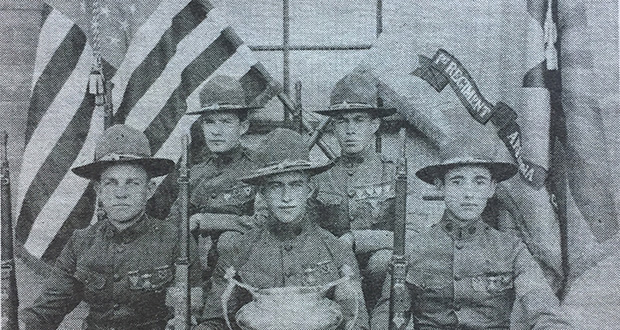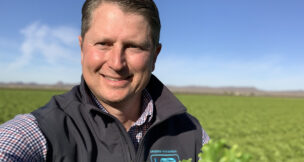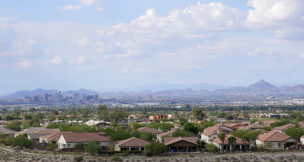Half Town, Half Village
Arizona Capitol Reports Staff//August 18, 2006//[read_meter]

Flocks of Angora goats grazed for free on public domain land, helping to make goat and sheep raising a profitable enterprise in the early 1900s.
Prior to statehood, sheep herding was a vital part of the early Arizona economy. In 1870, it was reported that there were only 803 head of sheep in the territory, not counting those owned by Indians. By 1890, there were 698,404 sheep grazing in Arizona. More than 5 million pounds of wool were sold each year in Arizona alone.
Raising sheep was considered a very profitable enterprise. Astute entrepreneurs could get their investment back the first year. Given that flocks of sheep required very little overhead, they grazed for free on public domain land and sheep herders were paid very meager sums for their efforts, a flock of sheep could provide profits in the range of 50 percent per year.
However, Arizona was already changing by the early 1900s. Eastern investors were buying large tracts of land that sheep herders had traditionally used for their flocks. The lands were fenced and converted to cattle ranching.
In early 1909, John Cox from Chicago came to Phoenix as a reporter for the Live Stock Report. For the local papers, he provided an entertaining report about life in the Phoenix area.
Upon arriving by train to Phoenix, Cox was amazed by “…how cool and pleasant it is, how grateful the sharp, clear, wholesome air, surcharged with a wealth of oxygen from the far away mountains.”
Cox stayed at the Hotel Adams in downtown Phoenix. He traveled by automobile to a modern sheep shearing operation on Beardsley Road. It took more than an hour to travel the roads covering some 25 miles to the shearing operation. Cox described the drive through streets surrounded by “…giant cottonwoods find a congenial home by the side of babbling ditches. Patches of alfalfa and fields of grain radiant in spring green.”
As they passed from irrigated land into the desert, the sheep men with Cox commented that one rain will transform the desert into “…a sheep herder’s paradise…of shooting grass and yellow poppies…”
The shearing operation was powered by a gasoline engine that generated power for many shears at once. More than 30 shearers worked from January to July. The shearers followed the sheep from Arizona to Montana near the Canadian border. They were paid about 7 1/2 cents per sheep in 1909. The shearers would average 214 sheep per day. Very experienced shearers could occasionally make more than $20 per day.
Along with the shearers, a dozen or more wool buyers followed the flocks. They paid 20 cents per pound for the best of the wool. The wool buyers mainly worked for large textile enterprises on the East Coast.
Many of the sheep owners and sheep flocks wintered in Phoenix. During the summer they moved their flocks to Ash Fork, Flagstaff and Holbrook.
Cox indicated “…drought is the bugbear of the Arizona sheep men. He can stand one year of such disaster.”
By 1909, the Salt River Valley Water User’s Association was three years into construction of Roosevelt Dam. Cox predicted that “…in a few years there will be no more desert around Phoenix.” He thought that the Salt River Valley would eventually force the sheep herders out, as their range land would be converted into hay and grain fields.
John Cox wished he could have seen the future of Phoenix. He thought that the city was in her infancy, much like Los Angeles had been 30 years prior in 1879. Cox prognosticated that Phoenix would “…be facing a period of uncertain health, but there are signs of the child turning to the adult. Today she is a hybrid, half town, half village spread out so far that there is little cohesion…As the acres produce, the town will flourish.”
— Mike Miller. Photo courtesy of the Arizona State Library, Archives and Public Records, Archives Division, Phoenix
#98-0415.

















